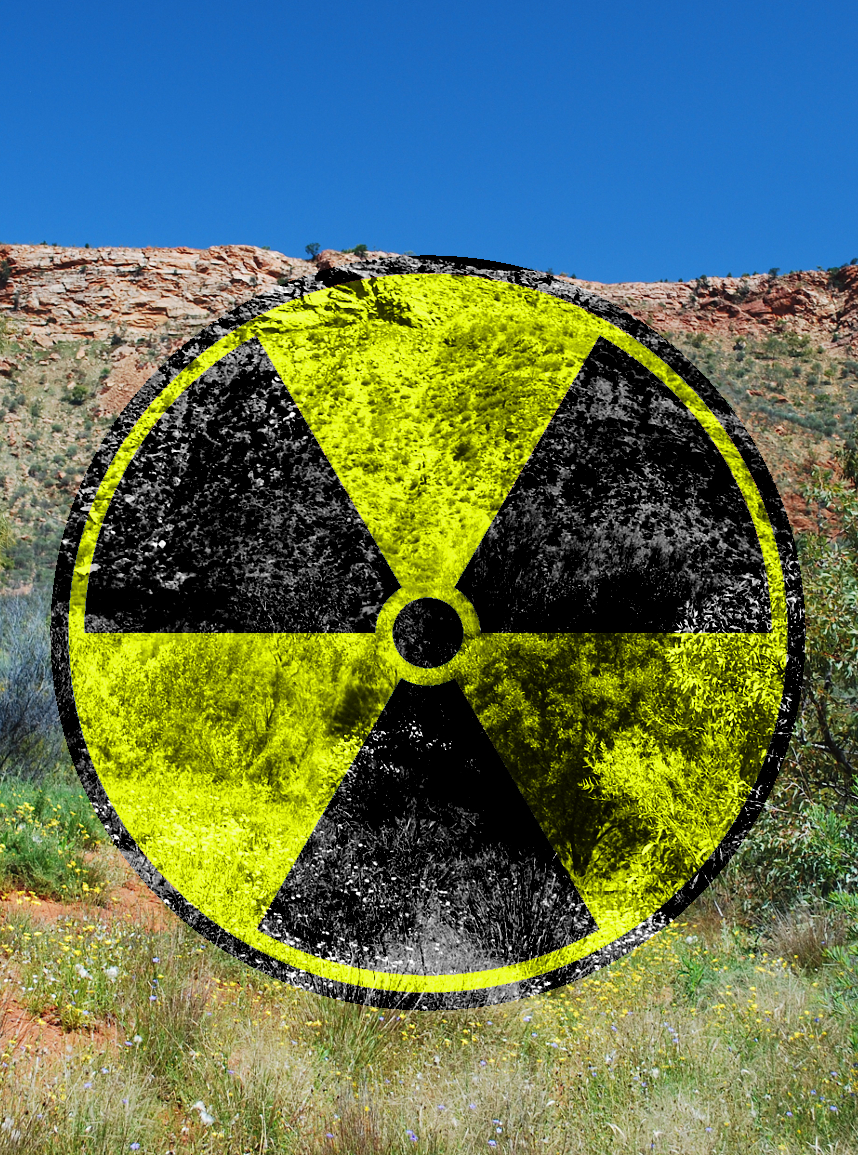Martu embark on anti-nuclear road
 The Martu people from WA's Pilbara are marching over 140 kilometres to protest a proposed uranium mine.
The Martu people from WA's Pilbara are marching over 140 kilometres to protest a proposed uranium mine.
Indigenous community members are walking to the site of Cameco Australia's Kintyre project.
The local arm of the Canadian company has been granted approval from both the WA and Federal governments to develop a mine 270 kilometres north-east of Newman.
The Western Desert Lands Aboriginal Corporation (WDLAC) negotiated on behalf of the Martu, but questions have been asked about whose interests were being represented.
Cameco says it expects nuclear energy market conditions to improve significantly in coming years.
But the nearby Indigenous communities say the project will damage their water supplies, and put up to 28 threatened species in the Karlamilyi National Park at risk.
They argue that the development is a threat to the health of people and the environment, particularly when the site’s ponds become full of toxic tailings.
The joint-venture initiative includes facilities such as an airstrip, processing plant, waste-rock dump and several tailings storage facilities.
The Martu people are not convinced the waste can be stored safely, arguing that a flood event could cause tailings to spill into nearby rivers.
Cameco says it undertook a complete and thorough consultation process with relevant communities.
“In 2012 Cameco and Martu signed an Indigenous Land Use Agreement,” Cameco Australia managing director Brian Reilly said.
“The agreement was a culmination of more than three years of relationship building and negotiations.
“We have consulted widely with the Martu people about the Kintyre project.
“We believe that the communities near Kintyre are generally supportive of the project, and we will continue to work with them on heritage matters and training and employment opportunities.”








 Print
Print